What can we learn from centenarians?
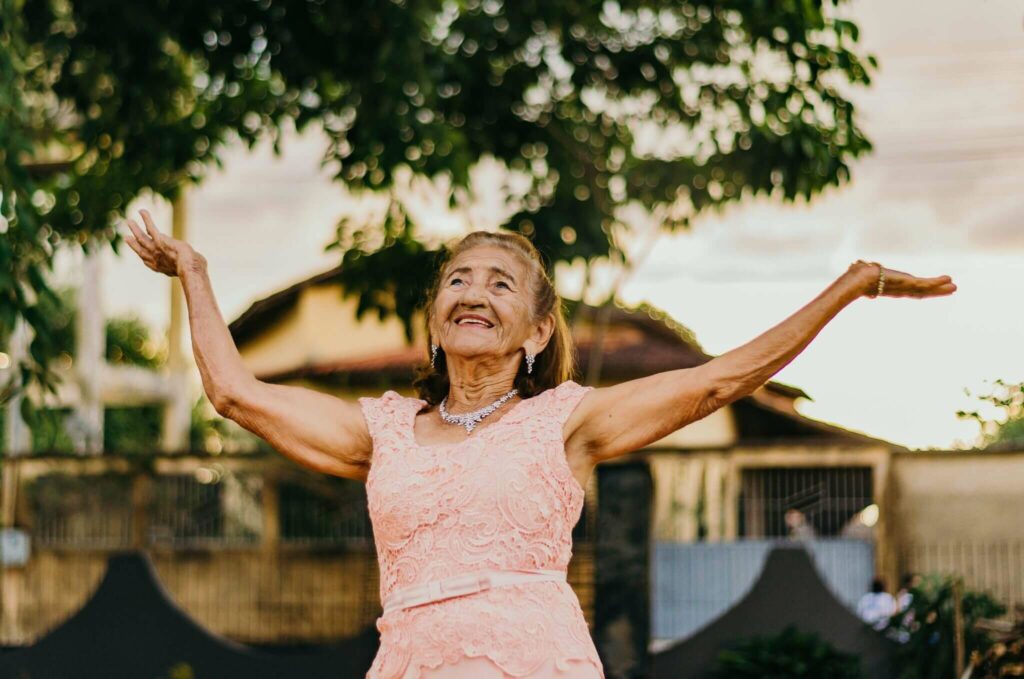
Living a long life is no accident. Well, maybe it is for George Burns or someone’s aunt who smoked a pack a day until she died at 97. We’ve all heard these stories. Though we have no control over what bodies we’re born in, we do have control over a lot. That’s why the longevity mystery is so complex. It’s clear that genes and environment play an important role in determining how long we live. However, living a long, healthy life has a lot to do with lifestyle. For this reason, National Geographic’s Dan Buettner set out to take a close look at the world’s longest living clusters of people.
By studying these communities, he hoped to discover some of their secrets. What is it, he asked, that promotes such sustained health for these communities? Furthermore, did it have to do with a particular superfood or hidden mineral in their drinking water? Ultimately, he believed these robust people had a lot to teach the rest of us. In other words, he hoped that their commonalities might offer insight into their ability to live so long. Above all, he sought to find ways to forestall the diseases of aging for the rest of us as well.
What is the recipe for longevity?
Leading a team of scientists across the globe, Dan highlighted a handful of places that consistently produced older, healthier inhabitants. For instance, many of the people in the groups that he studied live past 100 years old. Additionally, customs and philosophies appeared to overlap. For example, specific dietary staples appeared relevant. Likewise, the importance of faith and family jumped out as probable contributing factors in their low rates of disease.
What struck his team the most was the prevalence of the sociological similarities among these groups. Overall, the social conditions of these communities shared specific characteristics that had to do with the acceptance of each individual and their reliance on community. But was this a coincidence, he wondered?
Overlapping customs illuminate a web of longevity sources.
After looking closely at each community’s social structure, he and his team proposed that it was no coincidence. Striking social patterns emerged. That is to say, their superior health seemed to have as much to do with social practices as it did with diet, exercise, and medical resources.
The recipe for long life, he came to realize, is not merely an adherence to a set of dietary and medical rules. After all, many people who do not live as long conform to similar diets and benefit from medical resources. In summary, Dan and his team came to believe that long-lasting health comes about for these groups because they eat well and live in a specific way. Most importantly, each community weaved together these qualities: healthy diet, purpose, community, physical activity, relaxation, and spirituality.
What is the Blue Zone?
To summarize, the Blue Zone concept refers to a particular vegetable-heavy diet. For instance, the popular Mediterranian Diet is sometimes used interchangeably with the phrase. Yet, there’s more to it.
“Blue zones” originally emerged from the work of Gianni Pes and Michel Poulain who outlined in the Journal of Experimental Gerontology regions with the highest concentration of male centenarians. Building on their research in Sardinia, Dan gathered the other four concentrations of the oldest people around the world. He dubbed them “blue zones,” which led to his initial National Geographic article. This article sparked great excitement and hope.
Each of the five regions studied by Dan and his team not only contained the highest concentrations of people over 100, but all of the populations enjoyed greater overall health compared to other populations. For instance, heart disease, cancer, obesity, and type 2 diabetes were lower in these communities than the rest of the world. Because Dan wished to share his research conclusions with a wider audience than National Geographic, he documented his findings in his compelling book The Blue Zone. However, even without reading the entirety of his book, it’s easy to observe similarities among these societies. Please read on to glean some of his most important observations.
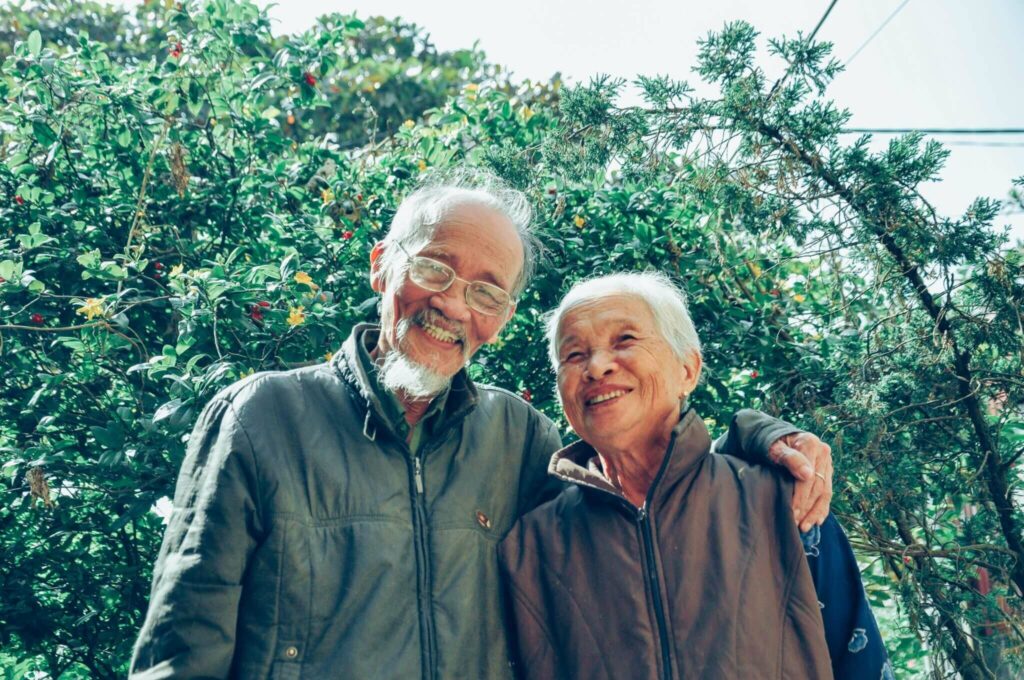
What jumps out about these 5 groups of long-lifers?
1. Ikaria, Greece
Local sweet wine, family, naps and a plant-based diet play essential roles in this Greek island’s longevity secrets. For example, their food centers on abundant, locally grown vegetables as well as healthy fats such as olive oil and nuts. Overall, their diet contains less dairy and meat products than many of the world’s diets.
The remote island pops up out the Agean Sea eight miles off the western coast of Turkey. Among these friendly villagers are hundreds of centenarians. The community boasts some of the world’s lowest rates of middle-age dementia and mortality. For instance, over a third of the population live to be over 90, and many live well past 100.
Warm and lush, the island is home to only 8,423 people who live in a relaxed, peaceful community setting where helping one’s neighbor is expected and widely practiced. Unsurprisingly, crime is low, and the family is central. These islanders love to sleep late and gather to eat together. Also of note, Ikarians enjoy gardening and foraging the island’s wild, bitter herbs and greens. Additionally, the concept of time is not seen to be of great importance. As a result, many elderly Ikarians are not quite sure how old they are. According to Dan’s observations, they don’t appear to think much about it.
2. Okinawa, Japan
Home to the world’s longest living women, Okinawa is the largest island in the subtropical archipelago between Taiwan and Japan’s mainland. The city has 320,000 residents. Like Ikaria, the people have markedly low rates of heart disease, dementia, cancer, and type 2 diabetes compared to that of the rest of the world. Therefore, many of them tend to live past 100. In contrast to many first world countries, their diet is low in meat and dairy. For example, some Okinawa staples are soybeans, sweet potatoes, mugwort, turmeric and goya (bitter melon), soba noodles made of buckwheat, and minimal meat, including the popular dish rafute which is braised pork belly seasoned with sea salt.
The climate of Okinawa is somewhere between tropical rainforest and humid subtropical. Because of their mild, sunny weather, residents enjoy a multitude of beaches and lush forests. Like other longevity hotspots, community and family are central to the lifestyles and customs of the region. Unlike more youth-obsessed cultures, the Okinawan people emphatically celebrate their members as they reach old age.
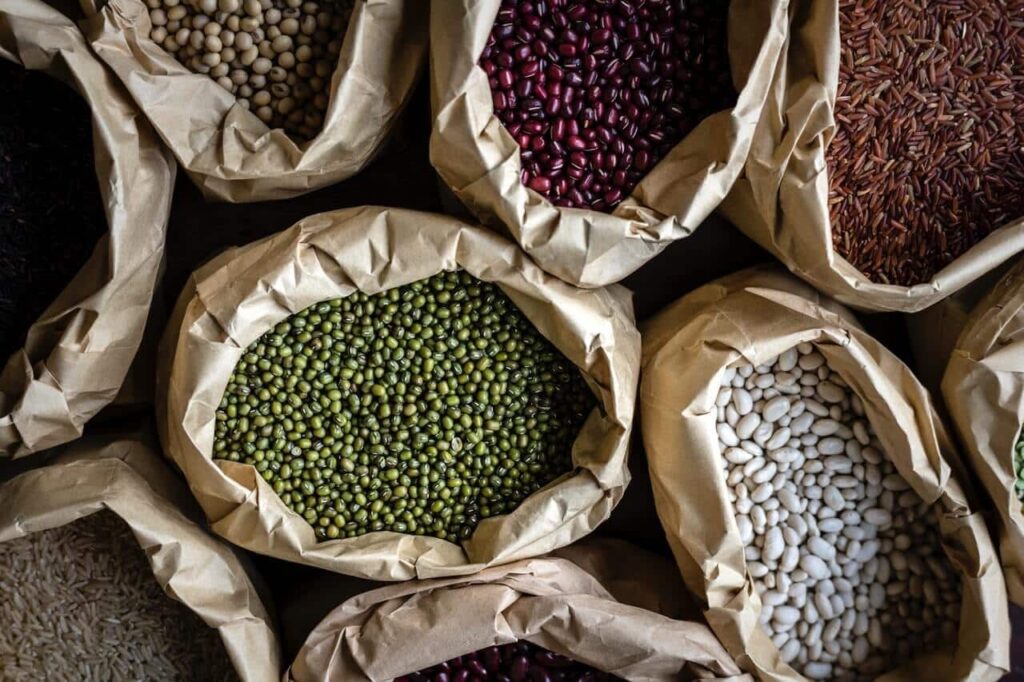
3. Ogliastra Region, Sardinia
Ogliastra is the most mountainous province in Sardinia with some 57, 642 inhabitants. Like the diet of the Ikarians and Okanawans, Ogliastran people eat a lot of plants. Also of note, their overall protein consumption is low. Additionally, they eat an abundance of local olives and olive oil, as well as fresh, local seafood and smoked fish eggs.
Due to its geographic position—bordered on one side by mountains, and the other by sea—the area has remained remote from the rest of the island. For this reason, Ogliastra has kept its focus on the old village traditions of family, ancient customs, and community. Ogliastrans tend to keep friends and family throughout their lives. Above all, they know how to enjoy life; on any given day, you’ll find gatherings of Ogliastrans laughing and drinking wine with the people of their community. They experience low rates of depression, suicide, and stress compared with many other cultures.
The region hosts the world’s highest concentration of centenarian men. Like in Ikaria and Okanawa, the people have lower rates of cancer, type 2 diabetes, and heart disease. Fewer residents of Ogliastra die before the age of 65 than in most other parts of the world.
4. Loma Linda, California USA
The population of Loma Linda has the highest concentration of Seventh Day Adventists in the USA. For this reason, more of the population of this area adhere to strict guidelines regarding diet and customs. The moral tenets of the faith may have a significant impact on their ability to live longer than the rest of us. For example, Seventh Day Adventists only are allowed to consume food and drink that “honor and glorify God.” Because of this requirement, most do not eat meat since they see it as having caused suffering. Thus, their healthy food may be one of the reasons that these Loma Linda residents live on average 10 more years than other Californians.
Interestingly, Seventh Day Adventists encourage nut-eating several times per week. Additionally, they stress regular exercise and total abstinence from smoking or drinking of alcohol.
Like the other longevity hotspots that Dan and his team studied, the community of Loma Linda focuses on faith, family and community.
A study comparing death rates of Adventists compared to other Californians concluded the following:
- Death rates from all cancers were 40% lower for Adventist men and 24% lower for Adventist women
- Lung cancer 79% lower
- Colorectal cancer 38% lower
- Breast cancer 15% lower
- Coronary heart disease 34% lower for Adventist men, 2% lower for Adventist women
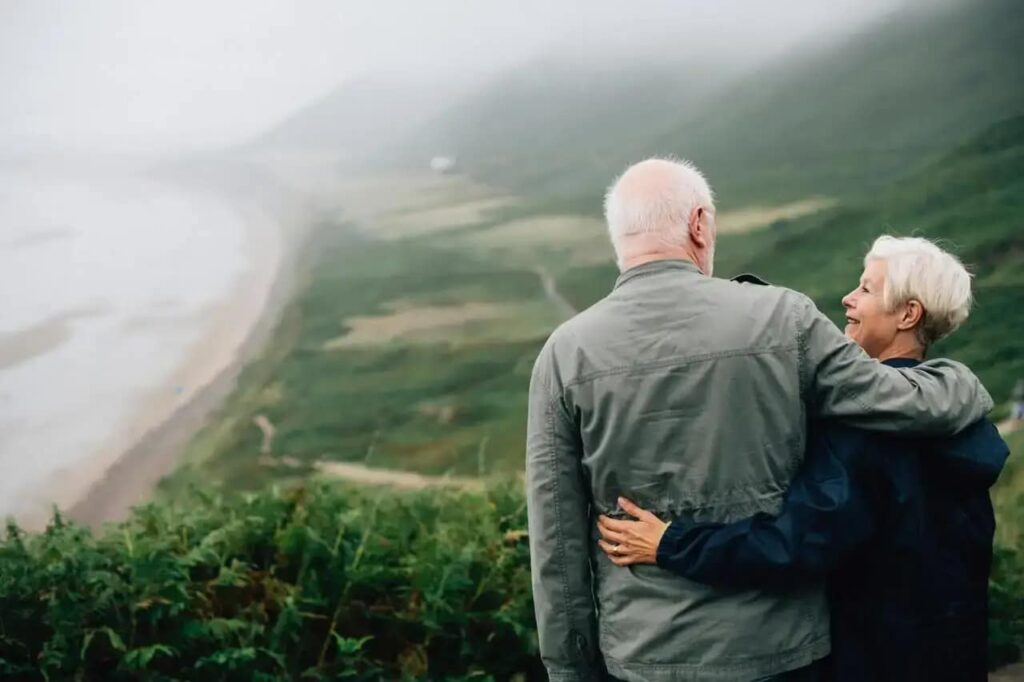
5. Nicoya Peninsula, Costa Rica
Dan found that in this Central American community, longevity likely comes from several of the culture’s core tenets. Their sense of purpose across all phases of life appeared to be one of the strongest to him. Likewise, he proposed that their plant-based diet and high-calcium drinking water likely played a role in their longevity. The residents typically eat a light dinner, work hard, and get a reasonable amount of sun. In this region of Central America, residents have the world’s lowest rate of middle-age mortality and the second highest concentration of male centenarians in the world.
Faith, family, and community is paramount to the lifestyle of the Nicoyans as is with all of the other regions.
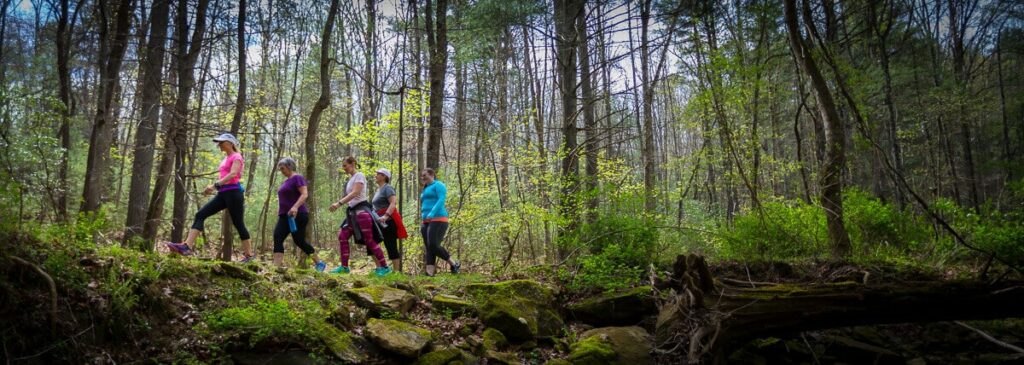
Healthy aging for the rest of us.
How can we incorporate these regions’ secrets of health, happiness, and longevity into our own lives?
Dan found that all five of these regions have a few characteristics in common. We may apply these actions and principles to our own lifestyle plan if we so choose:
- Plant-heavy, nutritious diet
- Low meat and/or dairy consumption
- Support in each phase of life
- Sense of community
- Sense of purpose and belonging
- Rest and relaxation
- Regular physical activity







